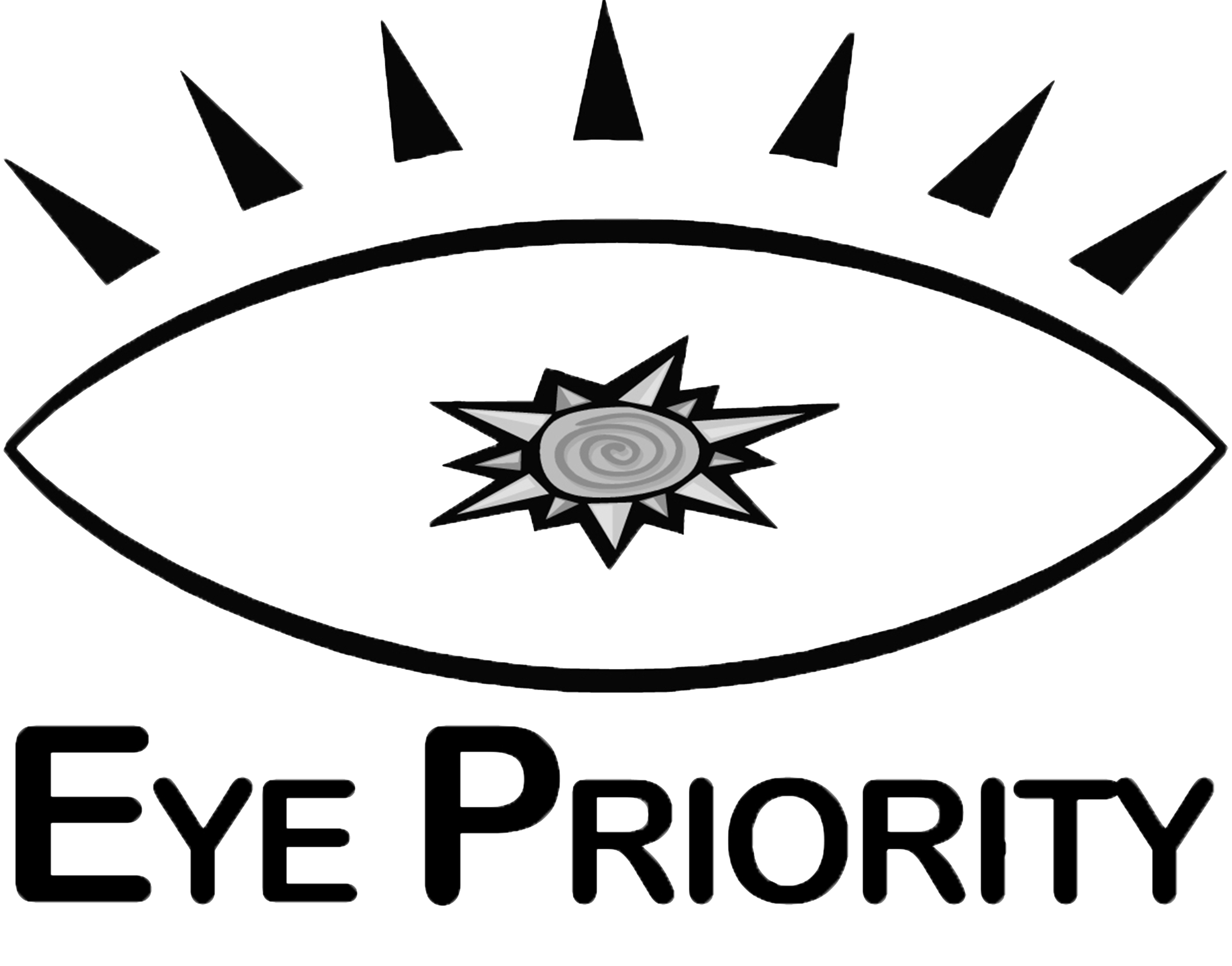How Blue Light Affects Your Health
On the back of a cartoon coasterIn the blue TV screen light
I drew a map of Canada
Oh Canada
With your face sketched on it twice
- Joni Mitchell, “A Case of You”
How Blue Light Affects Your Health
Like UV rays, blue light is part of the visible light spectrum and comes from the sun. Unlike UV rays, however, blue light is also emitted from LED lightbulbs and all screens (including TVs, computers, tablets, smartphones, etc). Everyone knows that too much exposure to UV rays is bad for your eyes, that’s why we wear sunglasses. So what about too much exposure to blue light? Blue Light is actually more dangerous than UV light, it is a very fast moving light ray and is able to hit the back of your eye.
FACTS:
The iPhone is 10 years old, the iPad is 7 years old.
As of 2014, there were more mobile phones than people on the earth, there are now 1.5 smart phones per person globally.
Over the last 10 years more and more people have stopped using fluorescent bulbs and switched to LED lights.
75% of American Children Under 8 years old have access to a smartphone or tablet and 40% of American children use iPads before they can speak
By the time they are 18, kids today will have spent a full 6 years of their life in front of a screen.
All these changes in blue light exposure are a hot topic among scientists and eye professionals. Excessive blue light exposure is presenting itself a variety of symptoms: visual strain, glare, focus issues, effects on the macula and macular degeneration, and disruptions in sleep patterns (blue light effects the pineal gland that releases melatonin). Lack of sleep due to blue light exposure can affect your overall health and contribute to obesity, diabetes, heart attacks, depression, strokes, and cancer.
Here are some steps you can take to help limit the blue light you are exposed to and reduce eye strain:
Blue light filtering glasses. You should be wearing blue light filter glasses whenever you are looking at a screen for longer than 2 hours. They make them in every prescription and in non-prescriptive lenses for those lucky enough to have 20/20 vision.
Install filters on your screens. The iPhone and iPad have a program called Night Shift that already comes installed on the device. Make sure you and your kids have this program activated, learn how to turn it on here. Android phones also have a similar program that you can download for free here. You should also install a program like Flux to create a Night Shift mode on your computers and laptops.
Take vitamins. Vitamin supplements like MacuHealth are specifically formulated to combat the effects of blue light exposure on your eyes.
Make time for a 20/20/20 break. Every 20 minutes, take a 20 second break, and look at something 20 feet away.
Keep your distance. No matter the type of device, digital screens should always be directly in front of your face, slightly below eye level and no closer to your face than your elbow.
Clean your screen. A dust-free, smudge-free screen helps reduce glare.
Blink more often. Remind yourself to blink more often while looking at a device. Staring at a digital screen can dry out your eyes.
Learn to interact safely with technology and teach your kids to do the same. Install blue light filters whenever possible, take frequent breaks, take vitamins, and wear glasses while on a device for two or more hours. Come in and see us to get fitted for blue light reducing glasses, pick up some vision health vitamins, or if you just need someone to show you how to install a blue light filter on your device. Your vision and overall health will thank you.
Dr. Kelly de Simone


